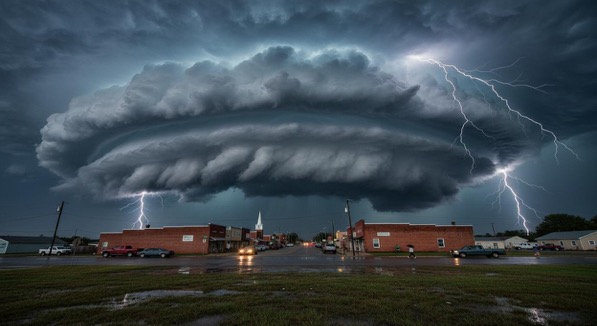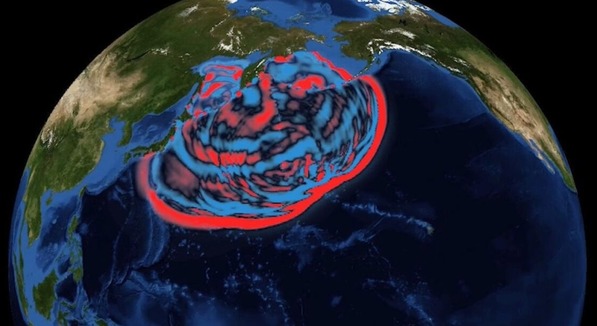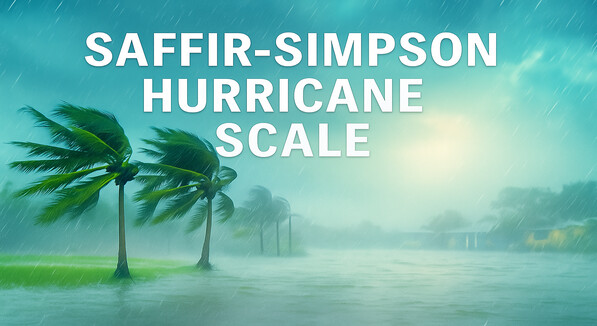 May 16 2013 Latest Seasonal National Weather Service (NWS) Assessment: During the past two weeks (since May 2), unseasonably cold air (temperatures averaging 6 to 10 deg F below normal) persisted in the middle third of the Nation while the Far West, eastern Great Lakes region, and New England recorded above normal readings. Excess precipitation fell on most of the eastern half of the Nation and westward into the central Rockies, Great Basin, and Sierra Nevada. The heaviest rains (more than 6 inches) fell along the central Gulf and southern Atlantic Coasts and on western North Carolina. The combination of the cold air and ample moisture produced late-season, record-breaking May snows in Colorado, parts of the central High Plains, and portions of the Midwest. In contrast, drier conditions were observed in New England and the lower Great Lakes region, the northern and south-central Plains, the Northwest, and Southwest. Meanwhile, ENSO-neutral conditions persisted across the tropical Atlantic, with most models forecasting no major changes for later this year.
May 16 2013 Latest Seasonal National Weather Service (NWS) Assessment: During the past two weeks (since May 2), unseasonably cold air (temperatures averaging 6 to 10 deg F below normal) persisted in the middle third of the Nation while the Far West, eastern Great Lakes region, and New England recorded above normal readings. Excess precipitation fell on most of the eastern half of the Nation and westward into the central Rockies, Great Basin, and Sierra Nevada. The heaviest rains (more than 6 inches) fell along the central Gulf and southern Atlantic Coasts and on western North Carolina. The combination of the cold air and ample moisture produced late-season, record-breaking May snows in Colorado, parts of the central High Plains, and portions of the Midwest. In contrast, drier conditions were observed in New England and the lower Great Lakes region, the northern and south-central Plains, the Northwest, and Southwest. Meanwhile, ENSO-neutral conditions persisted across the tropical Atlantic, with most models forecasting no major changes for later this year.
During the first week, a slow-moving cold front in the Plains and associated waves of low pressure dropped ample precipitation on the Mississippi Valley into the Southeast, and eventually on the mid-Atlantic. Cold air dove southward out of Canada into the middle of the country and to the Gulf, producing accumulating snows as far south as northwestern Arkansas. Heavy showers and thunderstorms inundated some locations in southern parts of Louisiana, Mississippi, and Alabama and northeastern Florida with over 10 inches of rain. In the West, dry and hot Santa Ana winds aided the huge Spring wild fire in the southern California coastal mountains. By week 2, temperatures moderated in the West as humidity levels rose and some scattered showers fell, aiding fire fighters in their battle to control the Spring blaze. Farther east, after a cold start, temperatures quickly rose into the 90’s in the Midwest while temperatures near freezing chilled the mid-Atlantic. Additional light to moderate precipitation fell on parts of the southern and central Plains, Midwest, lower Delta, and New England. Cold and wet weather prevailed in southern and northern sections of Alaska while showers have increased in coverage and intensity in the northern islands of Hawaii (Kauai and Oahu), but less so in the southern islands.
Year-to-date precipitation (to May 13) has been subnormal in much of the West, northern and southern Plains, New England, eastern North Carolina, and west-central Florida. The greatest deficits (more than 12 inches) have accumulated along the Washington, Oregon, and California coasts, and in the Cascade and Sierra Nevada Mountains. Deficiencies exceeding 4 inches were found in New England, coastal North Carolina, west-central Florida, and parts of the (Texas) Red River Valley. In contrast, surplus precipitation has fallen on the central Great Plains, the Mississippi, Tennessee, and Ohio Valleys, the Southeast, and lower mid-Atlantic. In a sharp contrast to last year at this time, year-to-date temperatures have averaged below normal across most of the lower 48 States, with slightly above normal readings limited to northern New England and parts of California.
Accordingly, drought expansion has occurred over the past 2 weeks in the West, Southwest, and Northeast. In contrast, improvements were made along the eastern edges of the main drought area in the Nation’s midsection, and in the Southeast. The worst conditions (D3 to D4) have stubbornly persisted in the southern and central High Plains.
The monthly temperature and precipitation outlooks for June (released May 16) favor below median rainfall in the Far West and High Plains, with equal chances elsewhere, including Alaska. A tilt toward above-median June temperatures were forecast for most of the western half of the U.S., with the best chances for above normal readings in the southern Rockies and High Plains. Some of the dynamical models hinted at cool and wet June in the East, but they were not consistent and strong enough to be included in the monthly outlooks.
The seasonal temperature and precipitation outlooks are somewhat similar to the monthly outlooks, with odds for below median rainfall in the Northwest and south-central High Plains. In contrast, a small area of above median rainfall was drawn along the central Gulf Coast and in southeastern Alaska. Above median temperatures are also favored for most of the West, with the highest odds in the southern Rockies and High Plains. In addition, the chances for above median warmth extended eastward along the Atlantic Coast, with slightly higher odds centered over the Northeast. For the southwestern summer monsoon, a slight tilt toward below median rains was indicated in eastern areas (e.g. New Mexico and west Texas).
Although NWS Climate Prediction Center odds favored subnormal June and JJA rainfall, rainfall intensity and coverage increased the past several weeks across Hawaii, especially on Kauai and Oahu and the windward side of the central islands, reducing drought on Oahu and Molokai. However, with the normal wet season tapering off and the southern islands observing subnormal March and April rains, persistence remained on the leeward sides of Maui and the Big Island, with development possible on their windward sides. In Alaska, the Koyukuk Basin of north-central Alaska was left as some improvement with no tilt in odds either way (e.g. equal chances) for June and JJA precipitation.



